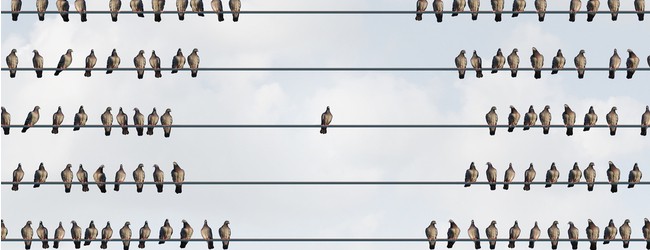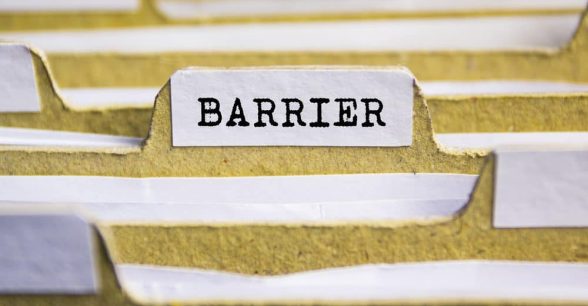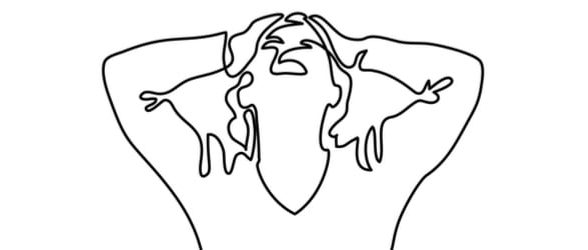What Does Inclusion Actually Look Like in the Workplace?
Until I was pushed out after needing surgery that took me over a year to recover from, I worked for an organization tasked with advancing women in their careers. But their efforts weren’t for disabled women with disabilities like me.
Not only do most organizations that fight for the advancement of “women” at work ignore us, but they sometimes actively fight against the needs of people with disabilities. They fit their work with the diversity and inclusion framework. Within this framework, inclusion is about making space for individuals or making accommodations. Individuals are the problem instead of the systems which exclude us.
Diversity and inclusion is a multi-million dollar industry focused on changing individuals and their actions: both teaching people to not discriminate and also to make those discriminated against more resilient. What diversity and inclusion efforts tend to lack is an analysis of inequalities as structural and intersectional.
The organization I worked with was focused on white and Asian women from middle to upper class backgrounds that didn’t have disabilities – women like themselves- to succeed in their careers. Issues of women with disabilities, Black women and Latinas, or working and middle-class women were seen as separate or “special” issues, largely outside their purview. What we need, instead, is to see the ways in which certain groups are systematically discriminated against and that discrimination against one group is related to discrimination against others.
Some of the incidents that I experienced were small, known as microaggressions, such as requiring me to attend catered events with foods that I couldn’t eat because of a severe intolerance, remarks about my orthopedic shoes, or arranging “walking” meetings despite that I cannot walk far or keep up with my peers’ pace. Other incidents were more overt – like refusing to purchase me a sit/stand desk despite my request that I need this to work, finally agreeing to get my desk but insisting on a cheap version that never worked, and allowing me to do virtual meetings but not purchasing necessary equipment to allow me to hear or be heard during those meetings.
“We ARE inclusive,” was the response of the executive director even in the face of my pointing out how I was being systemically excluded because of my disability.
From their perspective, they did everything they could to be accommodating. When I brought up that I didn’t feel included, they were shocked.
Arguably, no organization can be inclusive of everyone because of limited resources and competing needs/values. But, an organization can commit itself to overcoming intersectional inequalities in a deep and meaningful way and to having the tough, vulnerable conversations that this requires.
The unemployment rate for people with disabilities is more than double that of those without disabilities, and workplace protections that were hard won are often not enforced or do not apply to the specifics of our unique cases. We need organizational leaders to see that exclusion is a systemic and intersectional problem. We need them to learn about how systems of inequality operate broadly, and work to combat these systems within their organizations.
About Rooted In Rights
Rooted in Rights exists to amplify the perspectives of the disability community. Blog posts and storyteller videos that we publish and content we re-share on social media do not necessarily reflect the opinions or values of Rooted in Rights nor indicate an endorsement of a program or service by Rooted in Rights. We respect and aim to reflect the diversity of opinions and experiences of the disability community. Rooted in Rights seeks to highlight discussions, not direct them. Learn more about Rooted In Rights



